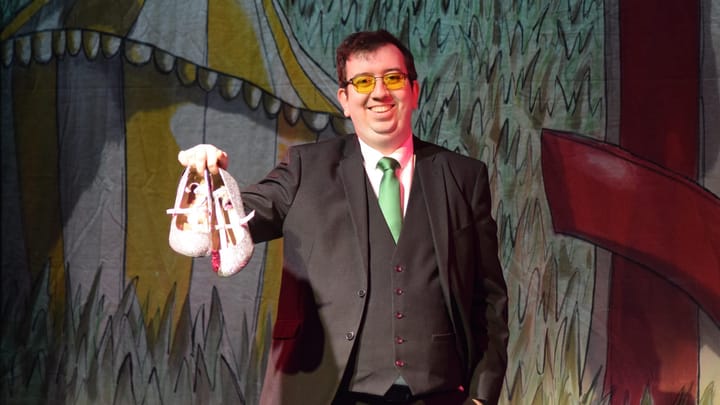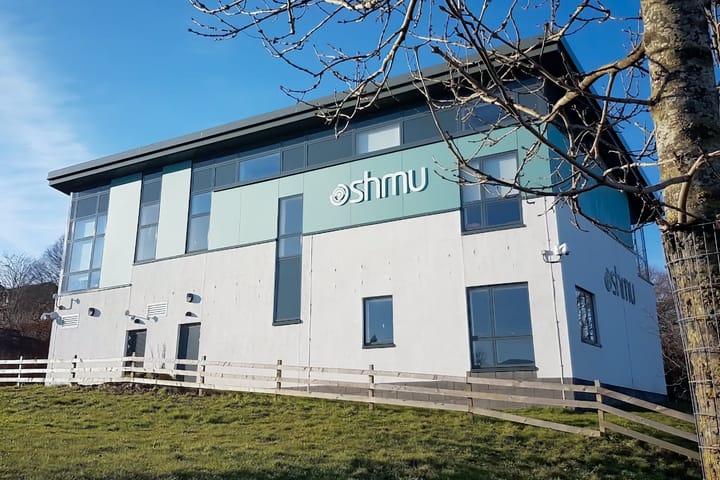What Makes Aberdeen Parks and Paths So Vital
We mull over what makes outdoor places feel essential to life in the city.
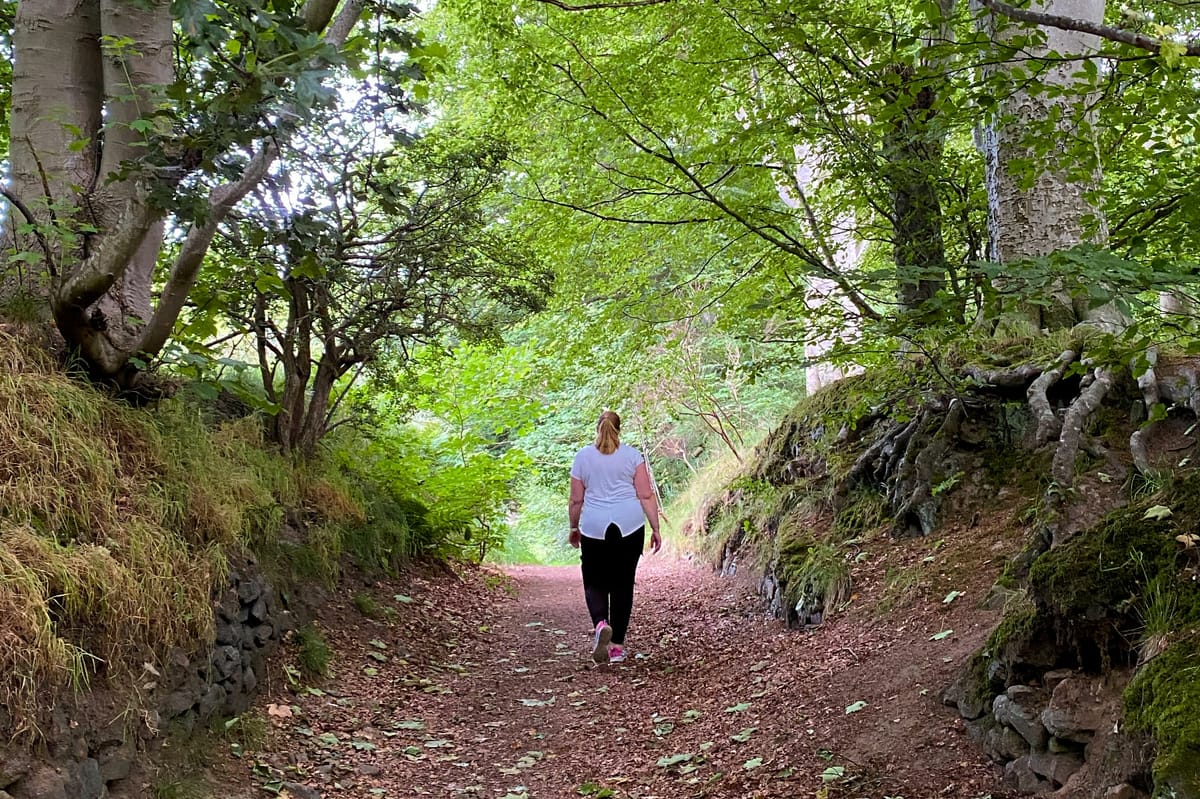
This didn't start as an opinion piece. I was just going to report on the latest Open Space Audit but some feeling bubbled up about how important green spaces feel to us. I'm betting that they mean a lot to you too. Aberdeen has a lot of green space. The audit suggests the Granite City is ahead of many similarly sized Scottish cities when it comes to nearby green space. But there could be more. Spaces that grow wilder with time or become places where people actually meet. Even if you’ve lived here your whole life, there are still corners that feel like a surprise. A bench tucked beside the river in Seaton Park. The curve of old trees lining Victoria Road. The hush of Allenvale Cemetery at dusk.
It doesn’t have to be a wilderness area. Sometimes it’s just a bit of grass you cut across on your way home. A space to stop, breathe, and not be indoors. While the city’s newly released Open Space Audit is mostly for planners, it gives a rare glimpse into how much this stuff matters to people who live here. How we use them matters.
Would you like to see your message here? Let's talk.
POST highlights Aberdeen’s creative scene, from theatre and music to visual arts. We focus on showcasing the city’s unique talent and supporting local voices.
Through stories, artist profiles, and event coverage, we’re here to share what makes Aberdeen vibrant. Sign up for free or support us and go ad-free for just £3 a month.
Wild corners and hidden value
It’s not only about how many green patches exist, but how we use them. Families picnicking after school, older folks taking a slow walk on familiar paths, teenagers making space their own. Each group finds something slightly different in the same patch of green. Walking, sitting, playing, growing. Being somewhere softer than a street. That might sound small, but it adds up to something big.
What’s striking about the audit isn’t just how many parks Aberdeen has, but how people want them to feel. Many people said they’d prefer green spaces that feel more natural, less manicured, and more welcoming to wildlife. That doesn’t always mean letting things go—just that biodiversity is part of the design. Long grass instead of hard borders. Fallen logs left for insects. Paths that don’t always lead to play parks.

A lot of green spaces are shaped by what’s expected: swings for kids, neat flowerbeds, a fence. But there’s a shift happening in what people value. Some of the city’s most loved spaces aren’t always the most polished ones. Think of the edges of Tullos Hill where kids cycle through the scrub, the tucked-away allotments behind Froghall, or St Fittick’s Park in Torry—a rare wild stretch that locals have fought to protect. And we could use more of them. More than feel like they belong to the people who live nearby, not just passers-through. They’re the woodlands where kids build dens. The community gardens where you meet your neighbours. Places that feel lived-in, not curated.
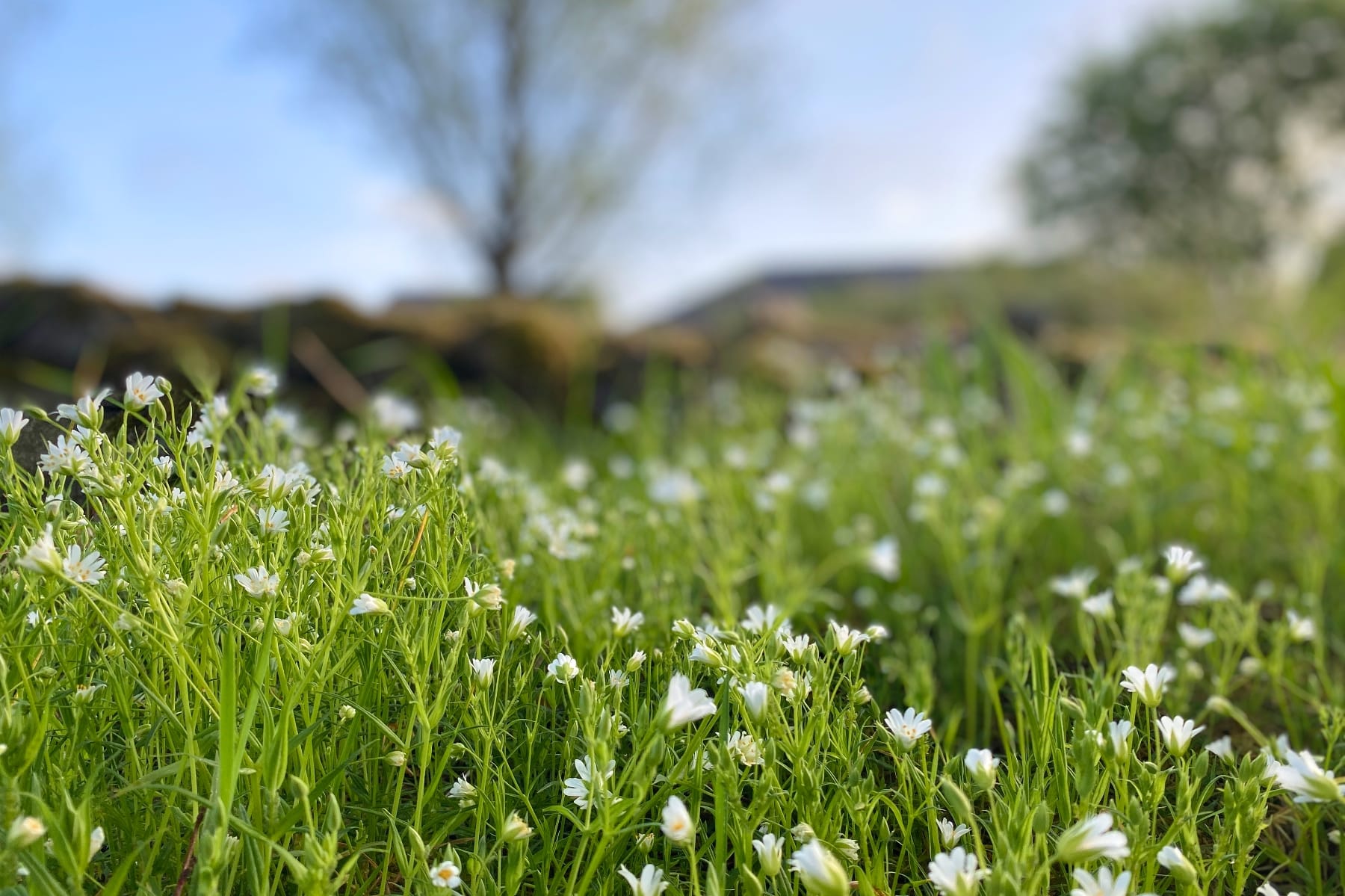
Access and use, close to home
One of the less glamorous but important findings is how close people live to a public park or natural green space. Living near a park makes a difference. That’s why protecting what we have—and adding more where we can—matters. You don’t have to travel far or own a car to sit under trees or walk a dog. Three-quarters of homes in the city are within easy walking distance of a park or garden, according to the audit. That might explain why so many use them. The audit suggests this use is increasing, especially in recent years, as more people seek out nearby nature for everyday wellbeing. The top reasons people gave were for physical health, to be in nature, or just to spend time with others. It’s the kind of habit that shapes how we feel about a place.

We often think of green space in cities as leisure or decoration, but it’s more than that. It’s part of how people stay well, physically and mentally. It’s where chance encounters happen. Where teenagers hang out after school. Where grief and joy sometimes share the same bench. You can’t always measure that with a satisfaction score. But it matters.
Green space is worth fighting for
A patch of green on a map doesn’t tell the whole story. Some spaces carry memory. Others act as bridges between communities. And while they’re not all perfect or evenly maintained, their steady usefulness is hard to overstate.
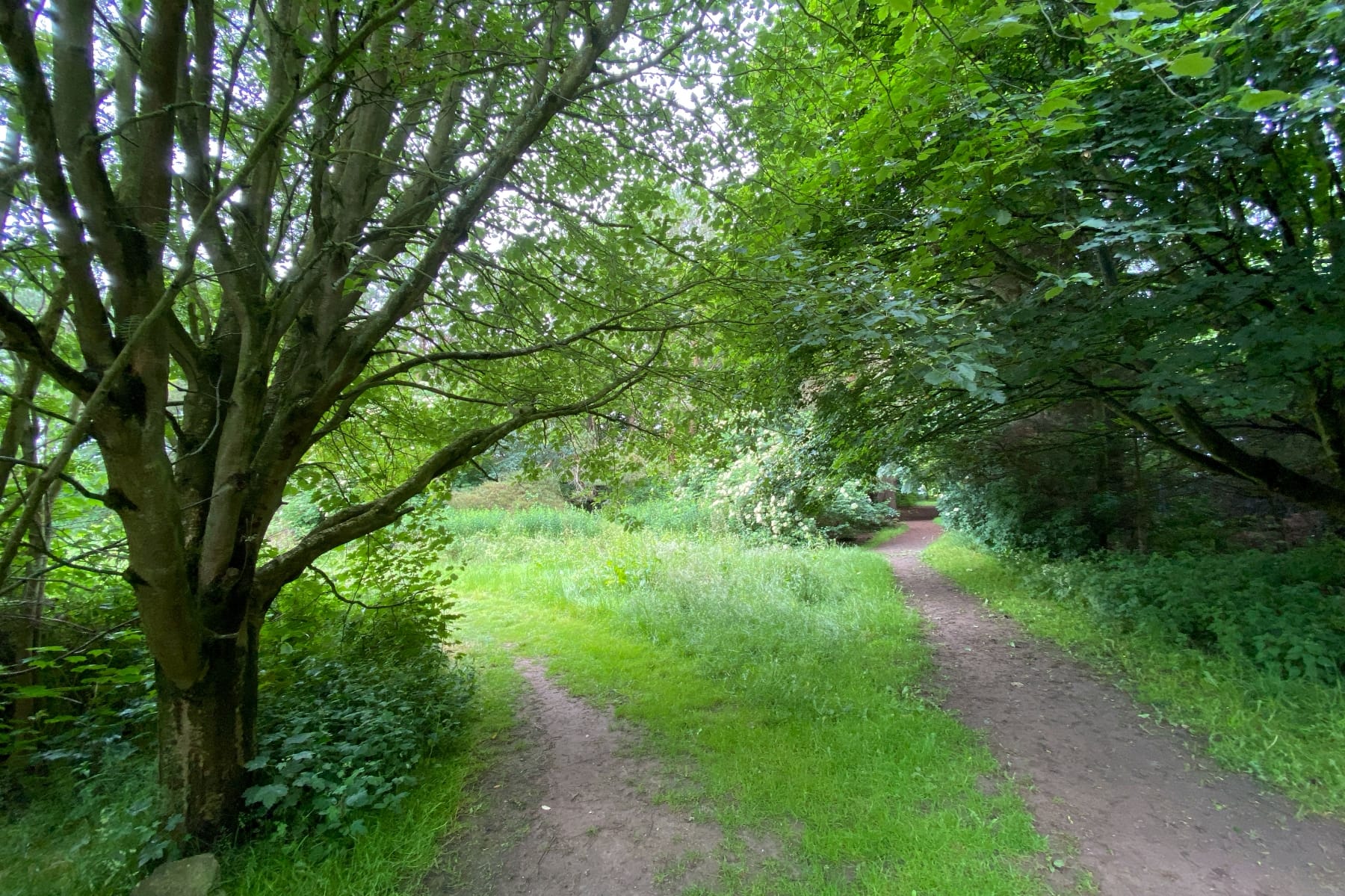
Maybe that’s the real story here. What matters is how people shape, use and rely on them. And there should be more. Protected, permanent, wild, useful. St Fittick’s Park is one of the clearest examples of what’s at stake. It’s one of the last wild spaces in Torry, and it’s under threat from industrial development.
The campaign to save it speaks to how deeply people care about the places that feel truly theirs. Places where neighbours nod in passing, or where you can sit unnoticed with a flask and your thoughts. The city’s audit will help shape decisions. But it’s the daily walks, chats, and quiet moments that keep these spaces alive. That’s why long-term protection and community involvement matter.



